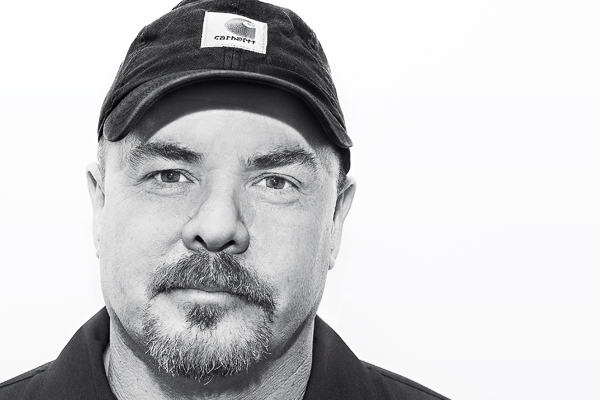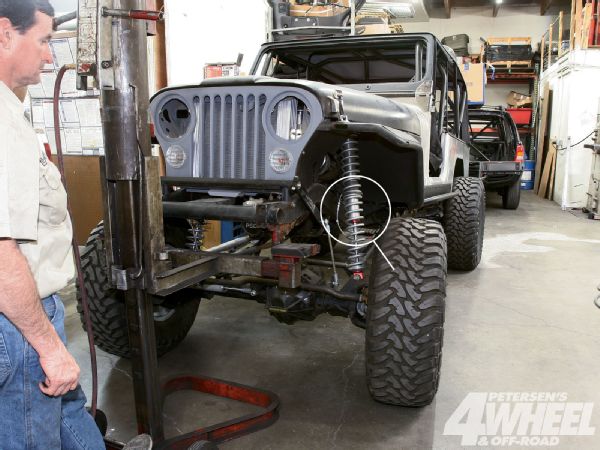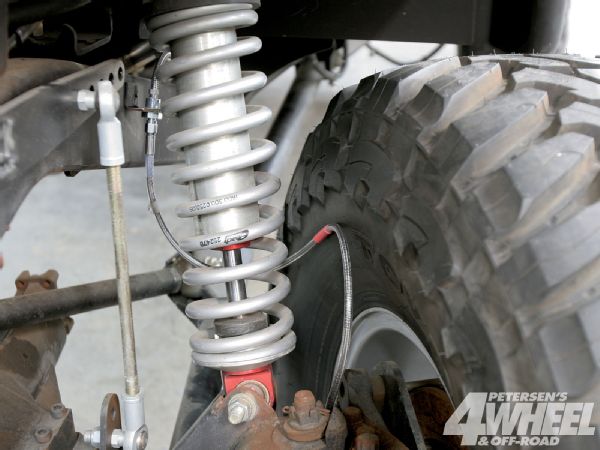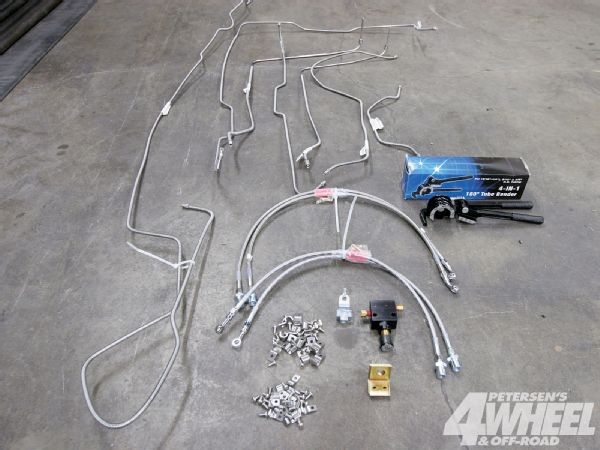
 Kevin McNulty
Former Editor, Mud Life
Kevin McNulty
Former Editor, Mud Life
Horsepower and torque are usually our first thoughts when building, modifying, or restoring a trail rig. Braking usually takes a backseat to other performance components. We've run across a number of super-cool trail rigs, but have time and time again noticed the cobbled-together and barely working brake system. Brakes are without a doubt the most important part of any build due, a fact that has hit home if you've ever had your 4x4 teetering on the brink of destruction at the edge of a shelf road or cliff!

Over time the brake systems of our 4x4s degrade and rust and become contaminated, leading to major safety concerns. We have had brakes fail and felt the wrong peddle hit the metal a number of times. Careful attention and planning should always be at the forefront of any build for the safety of yourself and your passengers.
 Good brakes are critical to the safety of any vehicle. When you're modifying a trail rig with a lift, take into account the suspension travel when determining brake line length and placement. Make sure the brake lines don't rub against the tires and that they cannot become bound and torn off in the springs or shocks.
Good brakes are critical to the safety of any vehicle. When you're modifying a trail rig with a lift, take into account the suspension travel when determining brake line length and placement. Make sure the brake lines don't rub against the tires and that they cannot become bound and torn off in the springs or shocks.
Classic Tube and ABS Power Brake manufacturer quality brake system components for complete replacement systems and custom applications. Both companies can provide the proper components for vehicle modifications like axle swaps, suspension lifts, and complete restorations.
 Classic Tube offer complete prebent replacement brake line systems for just about any vehicle. The lines can be ordered in O.E. steel, aluminum, or 304 Grade stainless steel like this system. Some of the prebent lines also feature a gravel or armor guard, which protect them from punctures and wear from chaffing against the body or frame. Stopflex flexible brake lines are designed for strength and no expansion, which gives the system firm braking. The Stopflex lines can be ordered in any length.
PhotosView Slideshow
Classic Tube offer complete prebent replacement brake line systems for just about any vehicle. The lines can be ordered in O.E. steel, aluminum, or 304 Grade stainless steel like this system. Some of the prebent lines also feature a gravel or armor guard, which protect them from punctures and wear from chaffing against the body or frame. Stopflex flexible brake lines are designed for strength and no expansion, which gives the system firm braking. The Stopflex lines can be ordered in any length.
PhotosView Slideshow





